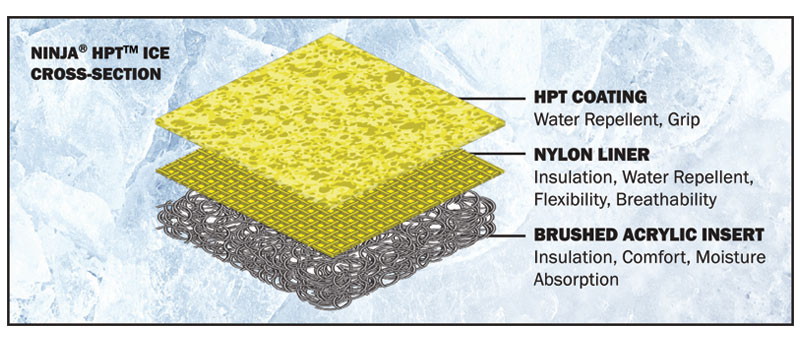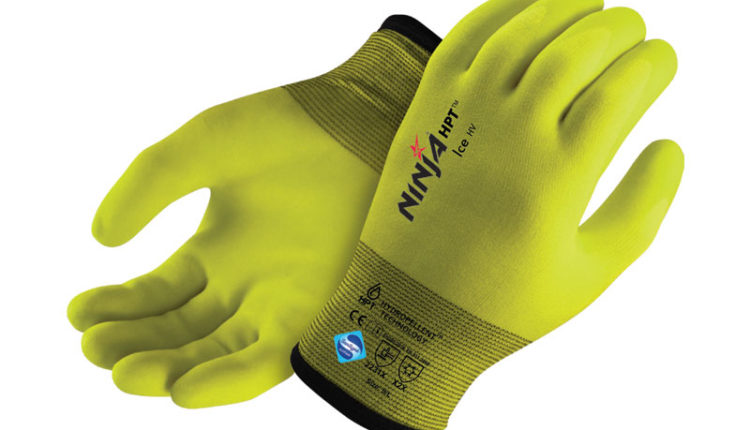Getting workers to wear a glove for the length of their shifts is one of the biggest safety challenges facing organizations today. Gloves must not only provide mechanical protection but must also be adequately comfortable so that workers don’t need to take the gloves off and make a conscious choice to wear them. Time and again, it has been seen that unprotected hands are more prone to injuries and thus comfort is no longer a “good to have” but a must when it comes to hand protection.
Choosing hand protection for applications like cold storage, plumbing, frozen food handling, construction and outdoor winter use requires gloves that not only keep hands warm but also prevent water from seeping in, because as soon as water permeates the glove, wearer comfort is compromised, increasing the chance that the worker would need to
take them off.
What should workers consider while selecting low temperature hand protection?
- Water Repellency to provide protection from water to prevent it from seeping into the gloves
- Right combination of materials to provide warmth and comfort
- Mechanical properties according to the task at hand – Cut/Abrasion/Tear/Puncture
Dexterity to reduce motion fatigue and increase efficiency - Flexibility in lower temperatures – Most PVC and Nitrile based coatings become stiff at lower temperatures so selecting a glove that retains its flexibility is important to perform tasks efficiently
- Hand hygiene to minimize odor and keep hands fresh.
- The Ninja® HPT™ Ice gloves enjoy a loyal following in the world among fishermen, winter cyclists, freezer workers, and other cold weather enthusiasts for its ability to stay soft and flexible in freezing temperatures.
The HPT™ (Hydropellent Technology) coating used in the Ninja® HPT™ Ice glove is revolutionary in many ways:
- The porous coating channels away liquids from the surface to provide a firm wet/oily grip
- Provides an excellent 360-degree anti-wet feature that beads away liquids from the glove but at the same time, also allows air to flow through which in turn keeps hands dry
Coating remains soft and flexible in freezing temperatures so that the wearer can work continuously - Encapsulated air molecules provide a cushioning effect to minimize impact.

For more information,
Website: www.midassafety.com

